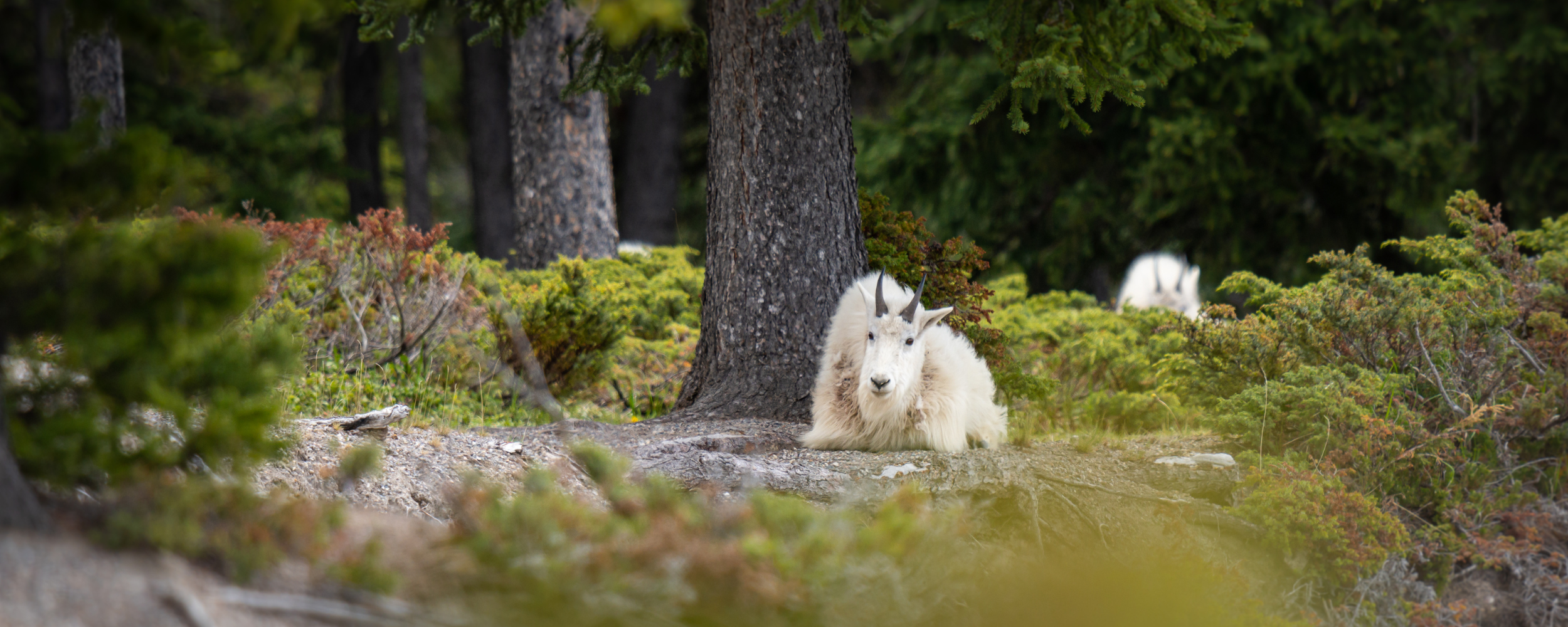While concerns for the state of nature in Alberta continue to grow for Albertans, the province’s recently released Budget 2025 follows the disheartening trend of insufficient funding for biodiversity and conservation, and inadequate performance indicators for preventative measures to safeguard vital ecosystems for the benefit of Albertans, Species at Risk, and climate change adaptation and mitigation.
The 2025-28 strategic plan states that “Alberta’s government will continue to implement effective regulation, environmental frameworks, land use plans, and complementary strategies to secure a sustainable future for Albertans.”
However, it is abundantly evident in both the decline of species across the province, and the disintegrating ecological integrity of many beloved wild spaces, that the current approach and limited allocation of funding to conservation initiatives has been ineffective.
To date, land use planning — including the development of sub-regional plans and the designation of protected areas under the South Saskatchewan Regional Plan and the Lower Athabasca Sub-Regional Plan, both past their 10-year reviews — remains incomplete. While $13 million is allocated in 2025-26 “to establish new land use plans and review existing plans to ensure alignment with government’s environmental and economic policy approaches,” this is unlikely to be sufficient to complete the necessary plans with appropriate consultation, design, implementation, and enforcement.
We are pleased to see that caribou recovery continues to be funded in the budget, but we are concerned that $40 million is not enough, given the lack of progress over the past 5 years. Caribou recovery through sub-regional planning is years behind schedule, while logging and industrial development continue to destroy habitat.
Additionally, the performance indicator used in the budget is ‘seismic line restoration,’ with the goal of restoring 3000 kilometres by 2027-28. There are over 250,000 kilometres of seismic lines within caribou habitat in Alberta. While seismic restoration is essential to caribou recovery, a more pressing need is to prevent the destruction of existing caribou habitat. A better indicator of caribou recovery would be to track the amount of undisturbed habitat within caribou ranges with the goal to maintain or increase that habitat. The amount of undisturbed caribou habitat has been in decline since the caribou sub-regional planning initiative began in 2019, in large part due to the approvals of new clearcut logging within caribou habitat, and non-standard approvals for oil and gas activities.
Moreover, the budget is sorely lacking focus on additional funding to address the decline of other species and the underlying causes, including habitat loss driven by a lack of protection and ineffective environmental regulations and policies. The budget should include explicit funding for the implementation of recovery plans for species, such as Alberta’s native trout, whose status serves as an indicator of drinking water quality for many Albertans.
Despite significant attention to monitoring, this alone will not address the root causes of species decline. Monitoring is a vital tool, but it is not the solution to the broader issues of habitat degradation, fragmentation, and reduction.
We are happy to see the inclusion of nature-based solutions; however, there is unfortunately no mention of increasing parks or protected areas, some of Alberta’s most valuable nature-based solutions. Additionally, the budget highlights supporting Indigenous Peoples in pursuing economic opportunities, but includes little mention of enabling leadership in conservation efforts, notably through Indigenous Protected and Conserved Areas (IPCAs).
The new budget fails to prioritize the development and implementation of long-overdue land use planning and improved environmental policy and therefore risks exacerbating existing environmental concerns with a focus on initiatives that risk the very ecosystems that Albertans depend on for social, economic, and health benefits.
Adequate funding should be allocated towards key initiatives, such as the development of a robust Nature Strategy and the completion of land use planning to guide management decisions. These should be happening far in advance of the implementation of piecemeal legislation and projects, such as the All-Season Resorts Act and the Coal Industry Modernization Initiative, which threaten to privatize and damage vital ecosystems through cumulative impacts.
Furthermore, while new campsites and upgraded trails may be necessary in some areas, investing $220 million in such projects without first assessing where they would be appropriate and their potential impacts on wildlife, aquatic health, and other recreational users does not make sense.
Given how Albertans have continued to express concern over irresponsible resource development and the integrity of the province’s parks system, it is disappointing to see these values not prioritized in the Government of Alberta budget. The province must listen to its citizens and make meaningful investments in the protection and conservation of Alberta’s natural resources and heritage.
For more information, please contact:
Katie Morrison
Executive Director, CPAWS Southern Alberta
kmorrison@cpaws.org
More News

All-Seasons Resort Policy Released

Critical Habitat and Industry Lobbying Part 4: How DFO Allows Critical Habitat Destruction


